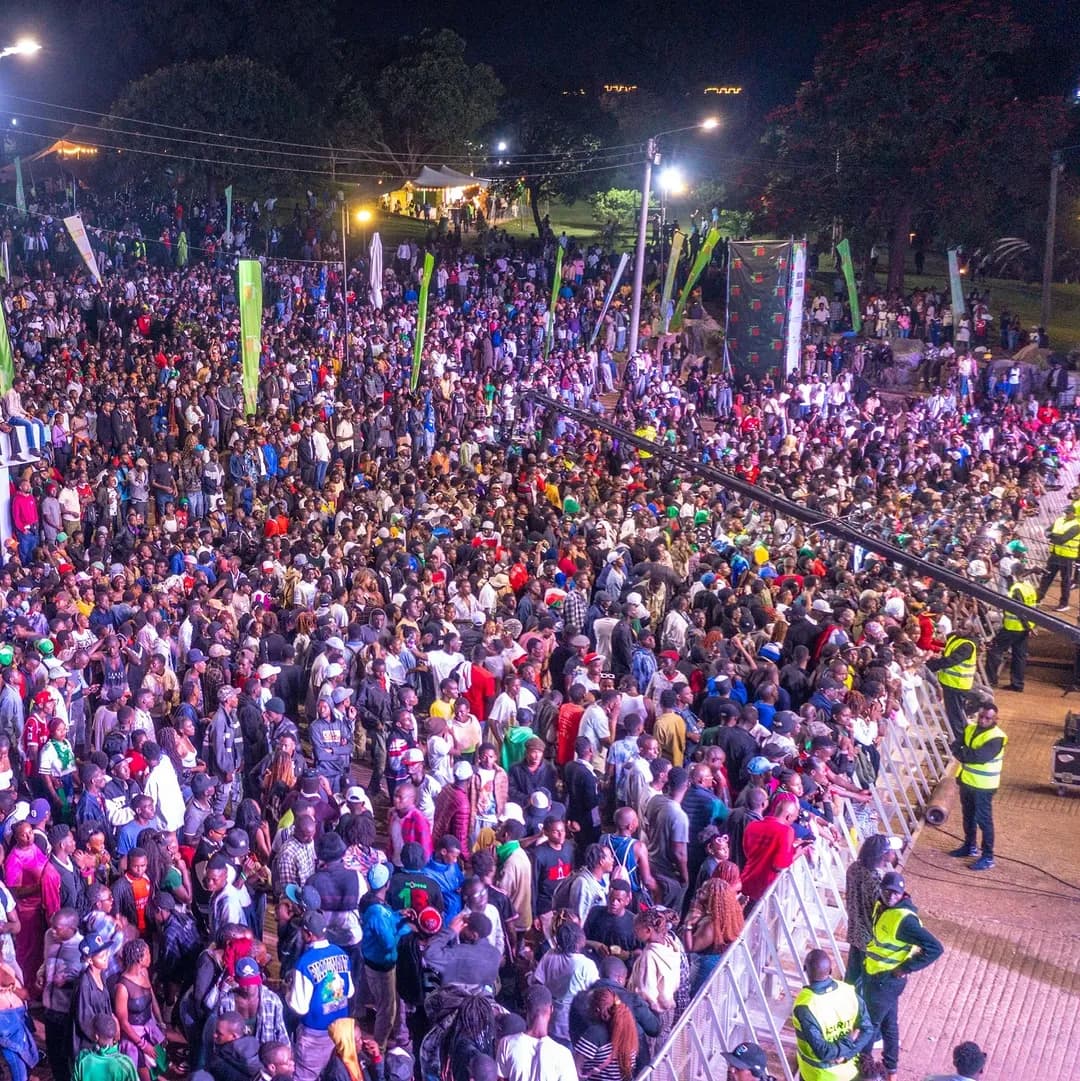
ART CHECK: How to rebuild reading culture
Do more than wear costumes or read for an hour; recommit
They are a symbolic performance of protest in trying times
In Summary

Audio By Vocalize

Raised on the immediacy of social media, shaped by post-pandemic economic frustrations and disillusioned by the unmet promises of the Kenya Kwanza administration, this generation is redefining protest through culture rather than conventional activism.
Where traditional avenues of political engagement seem co-opted or ineffective, art, music, fashion and digital satire have become the new battlegrounds.
In 2024 and 2025, the nexus between politics and expressive cultures has intensified, with genres like Gengetone and Arbantone, viral skits, street graffiti and TikTok commentary serving as visceral outlets of youth anger and aspirations.
These, what once seemed peripheral or apolitical artistic ejaculations, now function as an aesthetic rebellion against a system perceived to have failed its youngest citizens.
This is the context that empowers us now to situate popular youth art today, such as Gengetone, within this broader context of creative resistance, reading it not just as music but as a mirror of youth consciousness, a chronicle of urban precarity, and a sonic manifesto for political reckoning in a country on the brink of generational transformation.
To a keen critic, a sonic insurrection appears to be brewing around us today in the disquieted soul of Kenyans between ages 18 and 35, and the local music they prefer both in public and private spaces. Emerging from the congested arteries of estates to the east of the capital city and the swelling frustrations of the underemployed youth, Gengetone and its contemporary mutation, Arbantone, speak not merely as music but as an ideological act of resistance.
The political valence of these two genres on our national music scene can be read, in part, as a symbolic performance of protest under the Kenya Kwanza administration and its antecedent regime. Gengetone, far from being a mere pastiche of global rap, is a sonorous index of our urban identity.
The term “genge”, drawn from Kiswahili, means a mass or crowd, underscoring the music’s collectivist ethos as music by the people for the people. Here, identity is constructed not within the sterile frameworks of nationalist ideals but through gritty, everyday narrations of hustling, street survival and socio-sexual politics in a fast-changing country.
Sarah Nuttall in Beautiful/Ugly: African and Diaspora Aesthetics (2007) argues that African cities serve as “aesthetic laboratories”, where marginalised communities re-inscribe their identities against imposed colonial and neoliberal orders.
The lewdness often ascribed to Gengetone is not a moral failure but an aesthetic choice, a weaponisation of vulgarity to expose the hypocrisy of a state that demands decency while failing to dignify its citizens. These creative acts serve as coded performances of dissidence, asserting an identity that is proudly anti-elite and subversively self-authored.
From Ethic’s raw Lamba Lolo to Mbogi Genje’s cryptic street anthems, Gengetone and its offshoots operate as subaltern historiographies. The mainstream media, entwined with elite interests, offers sanitised versions of the nation’s progress, often masking the growing economic disillusionment under the current administration. In contrast, youth-driven art provides what I call sonic disruptions that narrate the realities of our land from the bottom up.
Nuttall’s emphasis on affective intensities is instructive here. The rawness of the lyrics, the chaotic beats, the carnivalesque performances are affective expressions of alienation. The genre’s performers are not merely entertainers; they are historiographers, exposing state-sanctioned violence, corruption and neglect through the intimate geographies of sound. To dance to Ngwai is to momentarily forget unemployment. To chant Wamlambez is to reclaim joy from the jaws of despair.
Today, urban youth music gangs, Instagram circles and YouTube channels like Wanati Entertainment, form ephemeral but powerful nodes of mobilisation. They are webs of protest that lead to escape from formal institutional regulation. These subcultures function as alternative civic spaces, where solidarity is forged through shared aesthetics and political rage.
In the state of our country now, where economic promises ring hollow and neoliberal austerity bites hardest on the youth, protest youth music’s informal ecosystems become stages of civic dialogue with a young electorate.
Performers like Ssaru and Trio Mio are not only pop-cultural icons but also nodes of social memory, embodying the ideologies of youthful political awakening. In their lyrics, we hear the subtle mobilising call for autonomy, agency and transformation.
Gengetone has blossomed into a profound force in just half a decade, transforming the urban sprawl into vibrant epicentres of youth cultural revolution. Amidst the sterile march of neoliberal urbanism, an attempt to cleanse the city into polished arenas of consumption, this genre boldly reclaims the streets, turning them into arenas of dissent. With every beat, it sculpts the very air with defiance, echoing the pulse of a generation unafraid to question its place.

Do more than wear costumes or read for an hour; recommit